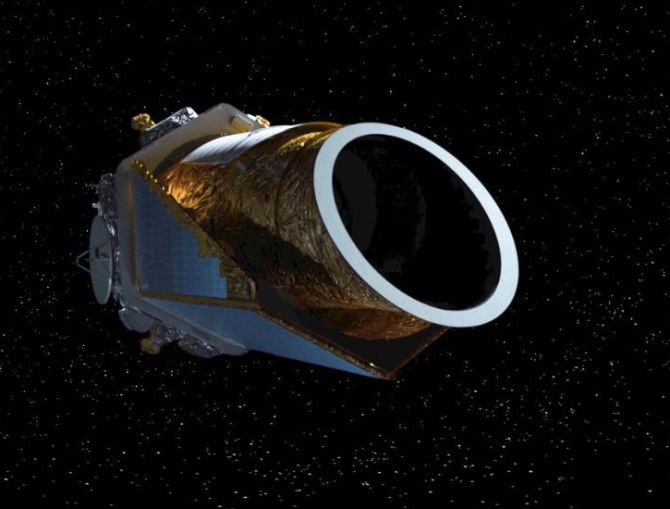
The new study exhaustively models the combined dataset showing, conclusively, that the signal is caused by a distant exoplanet. At a distance of around 135 million km from Earth, Kepler saw the anomaly slightly earlier, and for longer, than the teams observing from Earth.

Among five new candidate microlensing signals uncovered in that analysis one showed clear indications of an anomaly consistent with the presence of an orbiting exoplanet.įive international ground-based surveys also looked at the same area of sky at the same time as Kepler. Iain McDonald, at the time an STFC-funded postdoctoral researcher, working with Dr. So Kepler just sat and watched them for three months."įollowing the development of specialized analysis methods, candidate signals were finally uncovered last year using a new search algorithm presented in a study led by Dr. But there are hundreds of millions of stars towards the center of our Galaxy. Kerins adds: "The chance that a background star is affected this way by a planet is tens to hundreds of millions to one against. Eamonn Kerins, Principal Investigator for the Science and Technology Facilities Council (STFC) grant that funded the work. "To see the effect at all requires almost perfect alignment between the foreground planetary system and a background star," said Dr. The aim was to look for evidence of an exoplanet and its host star temporarily bending and magnifying the light from a background star as it passes by the line of sight. To find an exoplanet using the microlensing effect the team searched through Kepler data collected between April and July 2016 when it regularly monitored millions of stars close to the center of the Galaxy. student, David Specht from The University of Manchester is the lead author on the new research. The study has been submitted to the journal Monthly Notices of the Royal Astronomical Society and has been made available as a preprint on. The system was found using gravitational microlensing, a prediction of Einstein's Theory of Relativity, and is the first planet to be discovered from space in this way. The exoplanetary system is twice as distant as any seen previously by Kepler, which found over 2,700 confirmed planets before ceasing operations in 2018. Kepler image © NASA.The exoplanet, K2-201Lb, is almost identical to Jupiter in terms of its mass and distance from the sun, was discovered using data obtained in 2016 by NASA's Kepler space telescope. Further into the future, the European Space Agency's PLATO mission will provide a revolution in the discovery of planets that are like Earth. In April 2018, NASA will launch the TESS mission to study stars in the solar neighbourhood and discover many planets close, in astronomical terms, to Earth. Right now the repurposed Kepler Space Telescope is surveying the ecliptic as part of NASA's K2 Mission. It is a very exciting time to be involved in studies of the Sun and other stars (in particular those hosting newly discovered planets). The use of asteroseismology from the K2 fields is revolutionising our understanding of our cosmic home. This field of study is often referred to as Galactic Archeology. This new role has opened up new ways in which we can understand the formation and evolution of the Milky Way. In this role, Kepler is surveying stars in many different regions of our own galaxy. The Kepler space telescope continues to observe many hundreds of thousands of stars in its current mission labelled “K2”. By studying the "music" of these host stars we can answer questions such as: How big are the planets that have been found around the stars? And might those planets be capable of harbouring life? Perhaps the most exciting part of the research in Birmingham has been leading the international work on using stellar resonances to characterize the stars around which these newly discovered planets have been found. Kepler has discovered thousands of planets orbiting distant stars by the miniscule dimming of light as the planets tr ansit, or pass across, the visible faces of the stars. We are using these ground-breaking observations to study other stars by observing their oscillations. The NASA Kepler Mission has been continuously monitoring the brightness of around 170,000 stars in our galaxy.

We are playing a leading international role in this exciting work. Since launching in 2009, the NASA Kepler Mission has helped achieve dramatic progress in the study of other stellar systems in our galaxy.


 0 kommentar(er)
0 kommentar(er)
